|
Coffee entering Europe was in 1593 as a result of the the British and Dutch East Trading Companies. The Europeans as well as the colonized world had never experienced the caffeinated high of coffee and tea. It was delightful and they immediately became hooked. With the infiltration of coffee into early European society, came accouterments. Coffee could not be simply served, there were coffee houses, coffee pots, coffee cups and saucers, as well as the the coffee table. Most of these items were unnecessary, although the added to the performativity of consuming coffee. The act of drinking coffee became a social status symbol. If you knew how to use the devices for drinking coffee then you were an astute member of the upper echelon. While luxuriating on a sofa or chaise lounge chair it is only natural to want a table at arm's length to place you coffee. And given the convenience, it also became customary to have a reading material readily available.
A coffee table book says a lot about an individual; what their interests are, and what they want to convey to their guests upon entering their home. Now a coffee table book tends to be larger than you average book, much so that so that nobody would never carry it around. They are inundated with large colorful imagery and limited text and content. With a plethora of coffee table books on the market, it is only natural there would actual be one strictly devoted to coffee tables themselves, ironic no less. To bad there isn't one solely devoted to coffee table books. Humor also plays a heavy hand in the coffee table book market, such as Stoner Coffee Table Book, Scanwiches, Women Before 10AM, Cacas, and my favorite Stuck Up! 100 Objects Inserted and Ingested in Places They Shouldn't Be. Trending is the coffee table made of coffee table books. It is simply stacks of books, sometimes with a piece of wood or glass atop. Although this defies accessibility to many of the books and thus defeats the purpose (readability) of books, there is plenty of surface space for coffee, tea, and cocktails.
1 Comment
3/17/2015 06:01:05 am
Great pointers. Something to keep in mind when choosing a table design to best convey who you are and the impression you wish to give off!
Reply
Leave a Reply. |
LAJ
100 Objects of Popular and Material Culture is an blog exploring the manifestations of human consumption and commodity-ization. The purpose of this experiment is to explore material and popular culture in contemporary society by using objects and concepts to prompt wider questions and reflections. So by emulating The British Museum's and Neil MacGregor's format of A History of the World in 100 Objects I plan to satirically analyze and reinterpreted 100 material culture objects over the course of 2014. Material Culture is the study of our culture's consumption of stuff; namely the manifestation of culture through material productions where people's perceptions of objects is socially and culturally dependent. With this, objects reflect conscious and unconscious beliefs on the the individuals who fabricated, purchased, or used them, and by extension the society where they live. So examining materiality, cultural truths and societal assumptions may be discovered. As anthropologist Arjun Appaduai states "in any society the individual is often caught between the cultural structure of commodity-ization and his own personal attempts to bring a value and order to the universe of things." Objects and commodities make up a much larger symbolic system consisting of want and need, socio-economic status, fashion, etc. Often times form follows function whether the commodity, market, and or consumer forever evolve around one-another. Philosopher Pierre Bourdieu's theories of capital flow full circle; where regardless if you are a minimalist or a hoarder the world is made up of things and everyone will leave their footprint on the earth. So by humorously analyzing marketed objects and concepts, hopefully this blog will provide further incite into ideas of over-consumption, a disposable society, consumerism vs. anti-consumers, planned obsolescence vs. sustainability, as well as the greater good of mankind and future generations. Archives
March 2015
Categories |

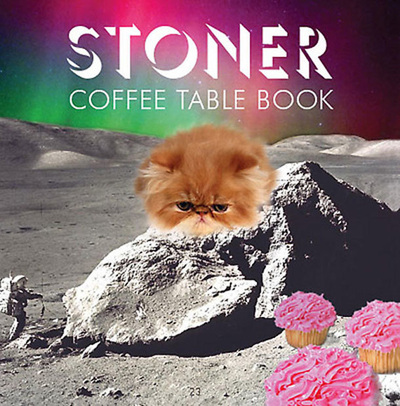
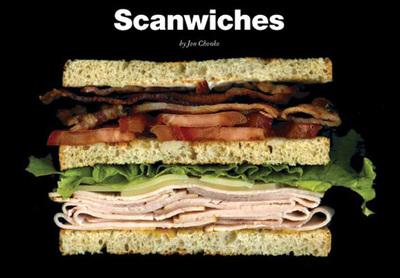

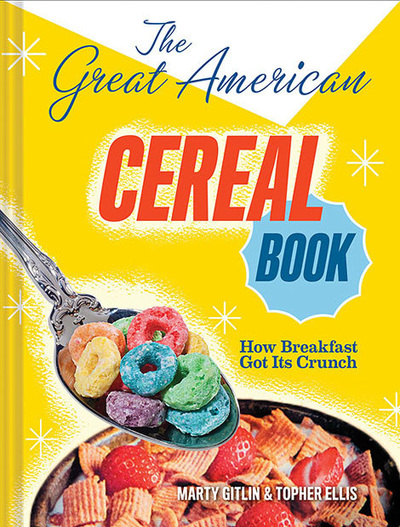
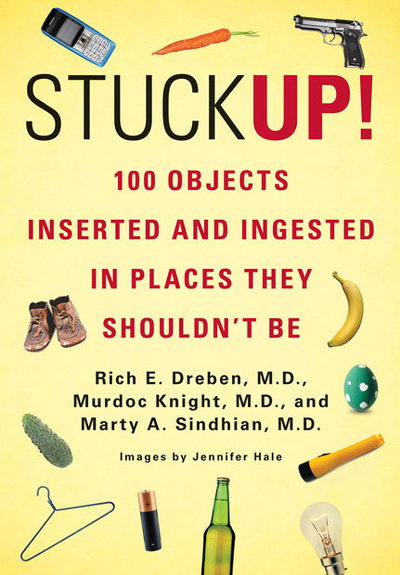
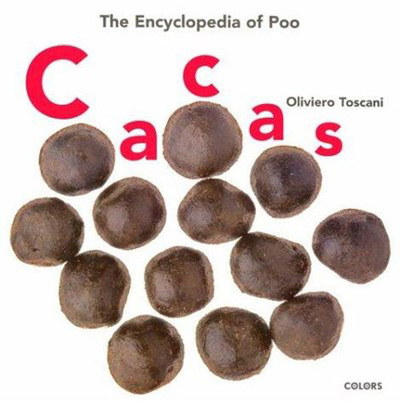

 RSS Feed
RSS Feed